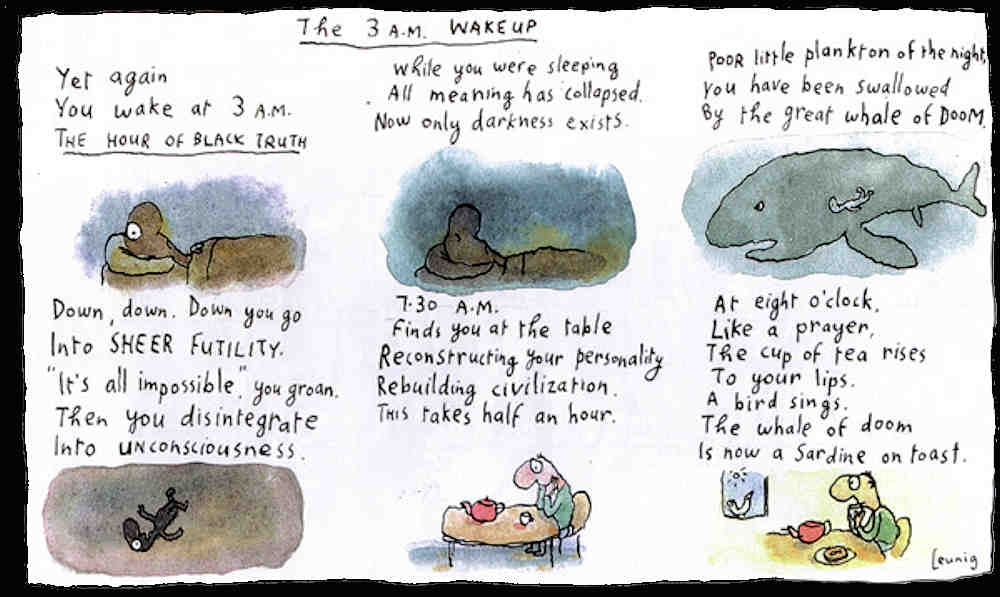
Dr. Richard Mobey, Director of Cetacean Pharmacology at the Institute of Cetacean Research, has scorned popular theories on whale beaching.
He favours a radical concept of ‘metabolic biomagnification’ to explain sudden lapses in judgment leading larger ocean mammals into harm’s way
The current fad suits whale researchers trying to make a name for themselves by taking a popular idea, like blaming high-powered naval sonar.
The evidence is anecdotal but numerous incidents involving navy ships and whales indicate whales of both sex are really attracted – not confused – by the sonar, some trying to mate with smaller ships.
Dr. Mobey was equally scathing of the hype surrounding whale, orca, and dolphin deaths, likening it to “‘animal alien mutilation theories.”
During interview for this SheepOverboard in-depth report, the good whale doctor took the opportunity to snipe at some members of International Whaling Commission.
It is just so much nonsense. To a hungry Japanese villager a beached whale is just a big fish to be eaten. Whales dying on the world’s beaches are an order of magnitude greater than the number killed for science by Japanese whalers.
Japanese communities traditionally enjoy communal feasts when whales beach. They deny having coaxed whales toward shore with artificial swarms of krill made with origami and karaoke modified to simulate the sounds of open sea.
Chemical connection
Dr. Mobey announced evidence that “chemical tides” of drug cocktails were responsible for the large number of bizarre and inexplicable deaths in recent years. Toxins and drugs take months to build up in the blubber, a process analogous to biomagnification in the food chain.
When cetaceans need to draw on their energy reserves a catastrophic release takes place and large amounts of toxins and drugs are released into the bloodstream causing confused and aberrant behaviour.
Hence the lack of obvious pattern whereby and whyby they become stranded. Large distances might be covered before toxins release from blubber, eliciting an intoxication incident.
These extremely intelligent, highly-capable and seemingly invincible animals suddenly behave irrationally (from our viewpoint) and make gross errors of judgment. If rescue succeeds they frequently continue to exhibit illogical behaviour.
The chemical tides originate in industrial estuaries and stretch for hundreds of kilometres along coastlines coinciding with whale migration routes. Collaborative research from fisheries departments in heavily industrialized countries support the whale-drug theory.
SheepOverboard’s investigation uncovered fisheries department staff with access to bizarre research findings. At first we were told off, but eventually we were told off the record:
Several prominent fisheries researchers in Australia, New Zealand and America are scrutinizing anomalous behaviour in commercial coastal fish species near large cities.
Tagged and monitored fish exhibit peculiar motion and atypical life signs during periods coincident with but lagging by 4-6 hours the traditional office hours, the deviance indiscernible at night and weekends.
‘Coffee spike’
Dr. Mobey admitted knowledge of the research, adding a colleague in the NSW (Australia) Fisheries Department has tagged this “the coffee spike”.
That coastline has three major metropolitan centres. The researcher “followed the chemicals” directly to, he says, the urinals of commerce. Highly caffeinated urine in massive quantities flows in recordable daily and weekly cycles and, unaffected by sewerage filtration, pours into the ocean in significant quantities.
Whale sleep function, the theory posits, is severely disrupted by pure caffeine ingestion in coastal areas of such high concentration.
Cetaceans, being conscious breathers, are believed to sleep half-brain at a time to avoid drowning.
The books are wide open on insomniac whales”, Dick Mobey claimed, with a mischievous smile.
Sleep deprivation in mammals is, universally amongst species, conducive to hallucination, confusion and incapacitation”.
Two component studies, to complete the theory, are being finalized: the ingestion mechanism and the long delay for whales beached in remote regions.
Whales’ benthic feeding habits satisfy the first while the second is accounted for by the metabolic magnification-release mechanism.
Dr. Dick Mobey concluded:
Our coastal seas are a chemical cocktail of unknown extent.
Many substances, such as Naringin, can extend the half-life of caffeine. Others might enhance its effect – all this on the brain of a creature unaccustomed to mind-altering substances and performance-enhancing drugs.”
[Editor’s note: this is creative fiction. You know, fake news – in case you missed the joke names.]